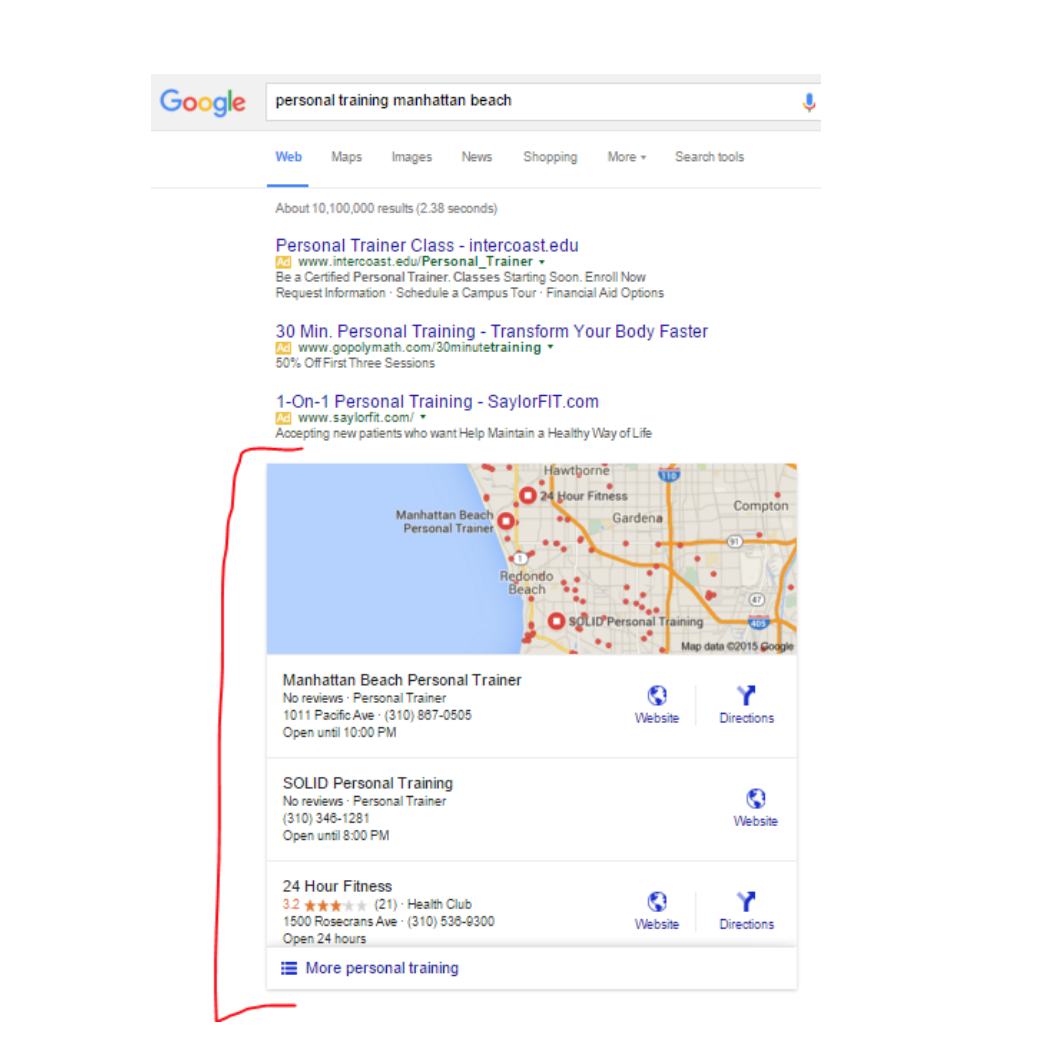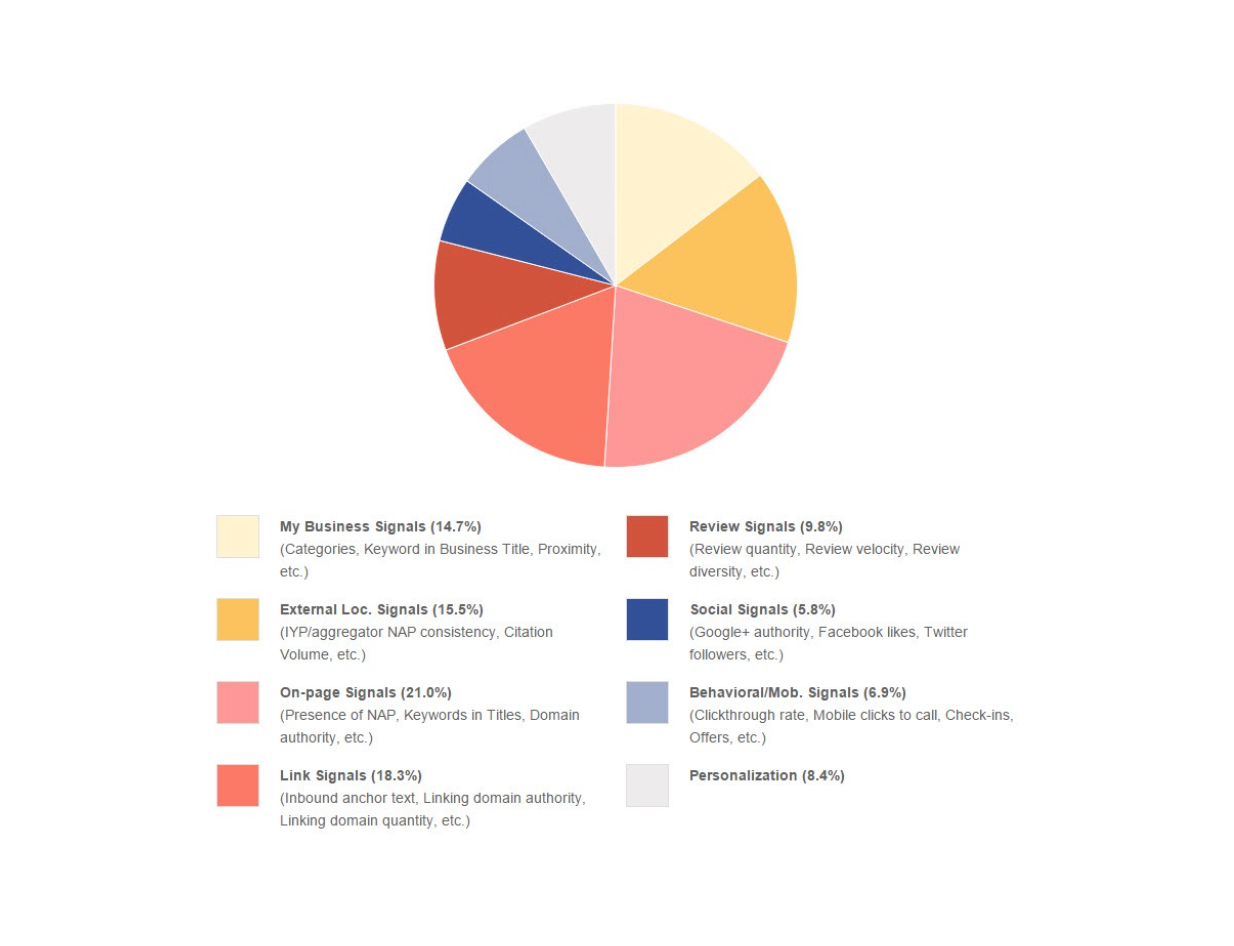A career in personal training can be extremely trying or exceptionally rewarding depending on one very important aspect: marketing. If you can’t market your personal training business well you can’t generate more clients and the revenue you need to grow your company. This is especially true for independent personal trainers or personal trainers that monetize their business through online products or services.
{{cta(‘c8daaed1-f745-4d0a-a021-e60a66a027aa’)}}
Luckily, personal trainers who want to attract either local clients through the traditional one-on-one or group fitness setting as well as those who want to reach a larger online audience can do so with search engine optimization, or SEO.
Today we are going to share exactly how each one of these personal trainers can use SEO to help grow their businesses and get leads. Let’s dive into some do-it-yourself SEO tips you can use today.
A Brief Intro to SEO
Search engine optimization is the process of getting a website to rank in the search engine for queries related to their products or services. For a local personal trainer, they’d probably want to rank for something like “personal trainer Manhattan Beach, CA” or something similar. For a trainer that sold products or services, they’d want to rank for something like “custom meal plan for weight loss.”
The goal is to rank on the first page for all of the products or services you provide as well as to attract the eyeballs of those searchers and to ultimately get them to take the action that your website is setup for (ex. call you to setup a session or buy a product).
Local SEO for Personal Trainers
The most common type of SEO needed by personal trainers is local SEO and is related to trainers that want to rank in the search engines for searches related to their services. This, of course, revolves around a website (let’s assume you have one) and expanding on your web presence. Here’s a template for putting your website on the path to better rankings:
Start with Robust Service Pages
Many personal trainers offer several sub-services within their suite of services. For example, in addition to personal, one-on-one training, they may offer couples training, group training, sport-specific training, or nutritional coaching.
Rather than having one service page that briefly outlines each of these services, a better approach for attracting attention from the search engines would be to have a dedicated page for each of the services. You’ll want the word amount on each of these pages to be at least 1,200 words, as ranking correlation studies have shown that long-from content is more highly associated with better rankings.
This content must be strong (as in well-written and informative) and should focus on the benefits of your offerings, how your process works, the results that can be expected, and some of the science and strategy behind your approach.
Optimize for On-Page SEO
If you have heard about SEO before there’s a good chance you may have heard about keywords. Keywords fit into your on-page SEO strategy and are basically the foundation for your ranking efforts. Learn more about on-page SEO here.
For the sake of your local personal training business, you’ll want to implement your keywords and location in some important areas of your website:
- Title tags- title tags are that blue, clickable, snippet of text that appears in the search engines. A good example of a keyword optimized, location optimized title tag for a personal trainer in Manhattan Beach, CA would be “Personal Trainer Manhattan Beach, CA.” Ask your developer to place these keyword-optimized title tags into each page of your site, making sure they’re each unique and targeted towards the service on that page.
- URL- the URL, when possible should also contain your keyword. To continue on the above example, an SEO-friendly URL could be “example.com/services/personal-training-manhattan-beach.”
- Headings and sub-headings- headings and subheadings are also important places to put your keyword and location. For example, the main heading on your page would be “Personal Trainer Manhattan Beach, CA” just like in your title tag and URL.
Each of your pages should have these three elements to help you target your specific services and the city you’d like to rank in. Combined with the content mentioned above, you’ll have a really solid SEO foundation in which to move onto the next step.
Citations/Directory Listings
You’ve probably noticed that for most searches for “personal trainer [city]” that the results that pop up almost always start with a map and some corresponding listings (below the paid ads):

The above map pack appears above the other organic SEO rankings and is obviously a good place to be if you want to get some clicks to your site. Here are the steps you’ll want to take to improve your chances of ranking here for a generic search related to your personal training business:
Local Search Ranking Factors
 Source: Moz
Source: Moz
As you can see from the above correlation graphic, many of the things we’ve already mentioned (My Business Signals and On-page Signals) will help you to rank in the map pack.
The third most highly-correlated item on this list are the External Local Signals which include citations and directory listings.
The first and most important directory listing is your Google My Business page which you can claim for free. Claiming this listing and aligning it with the proper Name, Address and Phone number (NAP) of your business is integral.
The NAP in this listing should be the same one you place on your website – such as on your contact page as well as in your website’s footer.
After you claim your Google listing you’ll want to build out even more citations and here are some great resources in which to do that:
- Moz Check Listings services (check listings and then claim them)
- Brightlocal citation building tools (paid)
- Whitespark citation building service (paid)
- Digital Elevator blog (a look at a popular local service with free links to DIY
I’d recommend building out at least 100 citations, if not more.
A Note About Local SEO
Depending on how competitive your specific geographic is will dictate if the above advice will get you to rank on the first page and/or map pack. There is more to SEO than the above but this is the agreed-upon foundation that will put you on your way.
Start implementing these three factors – robust service pages, on-page SEO, and citation/directory listings – and you’ll have a head start on your competitors and be on your way to increased website traffic, leads and sales.
Stayed tuned for Part II of DIY SEO for Personal Trainers.
{{cta(‘093ffb5d-6ad6-43eb-991f-41a610f3c440′,’justifycenter’)}}



